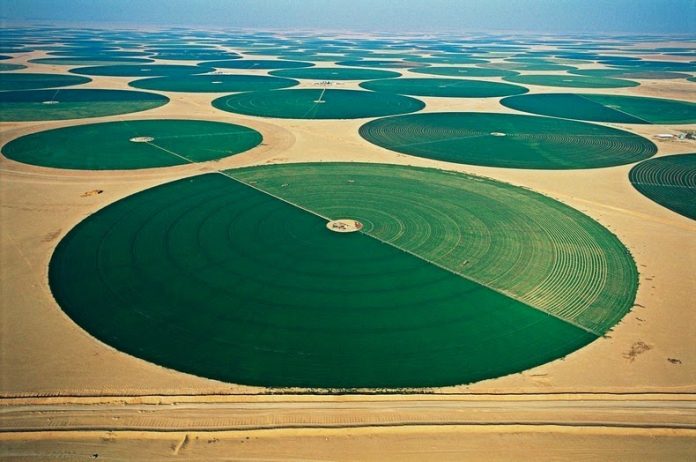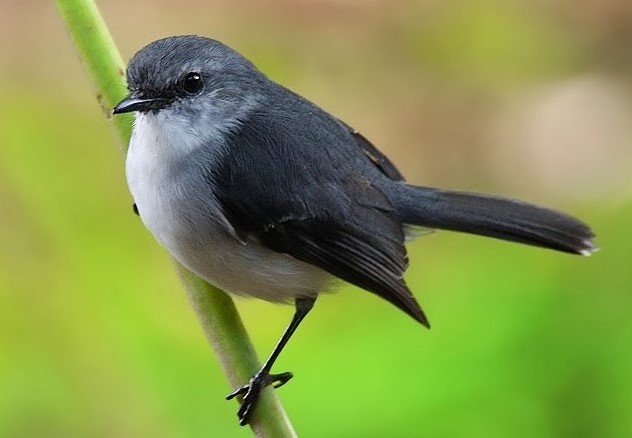The Basic Life Cycle of Butterfly
Well, all butterflies and moths go through the same basic life cycle. The Basic Life...
How to Grow Parsley?
Throughout history, how to grow parsley has had powerful symbolic connotations, including death and fertility...
Magpie-lark – The Unsung Heroes of Urban Birding
Behavior and Habitats
In Australia, the Magpie-lark-or Peewee (Grallina cyanoleuca) can be found anywhere. The species...
Mayan Antthrush (Formicarius moniliger)
Introduction
The genus Formicarius comprises 5 widely recognized species of terrestrial, crake-like antbirds of Neotropical forests. It...
Cilantro – A Sweet-Smelling Herb to Healing Spices
Cilantro, also known as coriander or “Dhania”, is a sweet-smelling herb with wide, subtle lacy...
The Facts of Powerful Woodpecker
Powerful Woodpecker (Campephilus pollens) face is mostly black crossed by a wide white stripe which runs from the bill and lores, over the...
How to Detect an Illness in the Horse?
How to detect an Illness in the Horse?
Not every horse disease is known and will be covered. Instead, the focus will be on those...
































![5 Best Recommended Sites to Buy TikTok Views [100% Real] Why Buy TikTok Views? Being a content creator and giving your 100% but not getting enough views in return on the platform TikTok?](https://charismaticplanet.com/wp-content/uploads/2023/08/Screenshot_6.jpg)



























